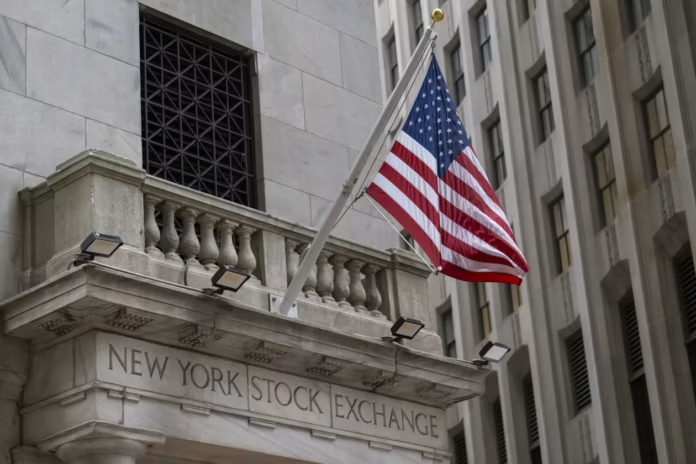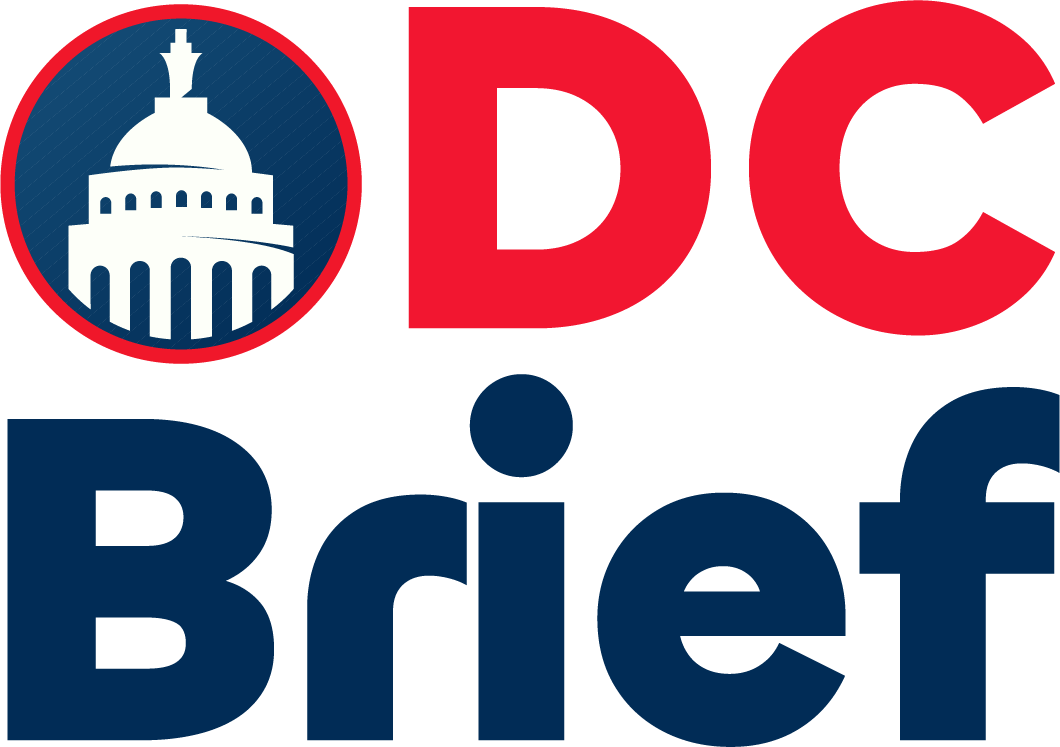The U.S. stock market rally pushed major indexes higher again, nearing another record finish for the week. The S&P 500 gained 0.4% in afternoon trading. It remains on track to close its fourth winning week in five. Additionally, the Dow Jones Industrial Average rose 119 points, while the Nasdaq Composite added 0.4% to its previous record.
Retail and healthcare sectors helped power the U.S. stock market rally. Deckers, known for the Ugg and Hoka brands, surged 11.4% after exceeding profit and sales expectations. Sales outside the U.S. jumped nearly 50%, driving growth momentum.
Edwards Lifesciences also impressed investors, gaining 3.9%. The medical device maker reported stronger-than-expected profits and saw growth across all product lines. It now expects full-year earnings to hit the top end of its prior forecast.
However, not every company shared in the optimism. Intel dropped 9.3% after reporting a quarterly loss instead of the expected profit. The chipmaker plans to cut jobs and slash costs as it struggles to catch up with rivals like Nvidia and AMD.
Despite Intel’s dip, the broader U.S. stock market rally remained intact. Investors continue to bet on strong earnings and improving trade relations. President Donald Trump recently reached agreements with Japan and the Philippines, reducing concerns about harsh tariffs.
Market attention now turns to the Federal Reserve’s next interest rate decision. Trump urged the Fed to lower rates again, claiming it would help reduce government debt costs. However, Fed Chair Jerome Powell prefers to wait for more economic data before acting.
Although lower interest rates can boost economic activity, they may also stoke inflation. If investors expect inflation to rise, long-term borrowing costs could increase instead of decrease.
Bond yields stayed mostly stable, showing caution in the market. The 10-year Treasury yield dipped slightly, while the 2-year yield edged up, reflecting mixed rate expectations.
Meanwhile, Trump hinted he won’t remove Powell despite previous threats. He stressed that all he wants is lower interest rates. Firing Powell could damage investor confidence and raise fears about the Fed’s independence.
In conclusion, investors generally expect the Fed to hold rates steady until September. Until then, markets will watch inflation and trade developments closely.
For more business updates, visit DC Brief.


